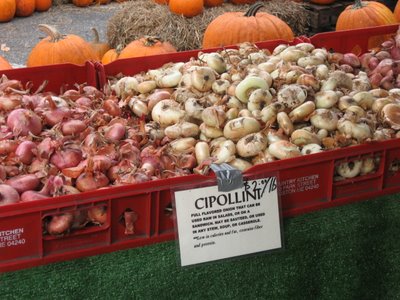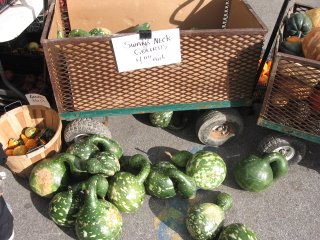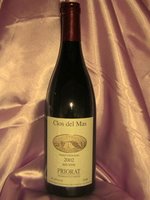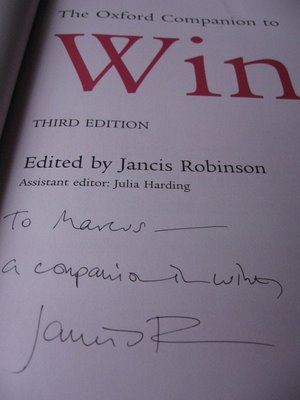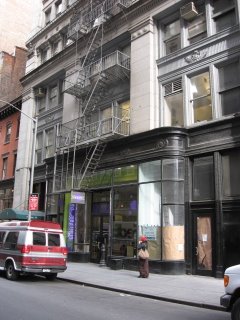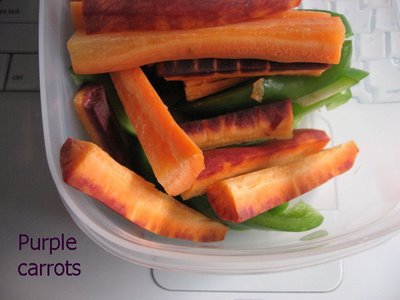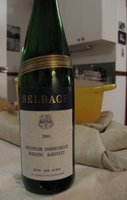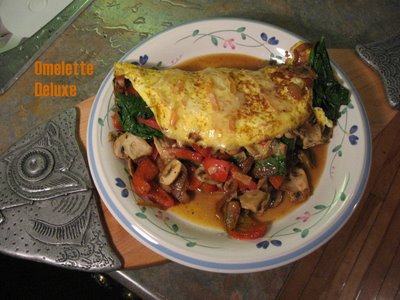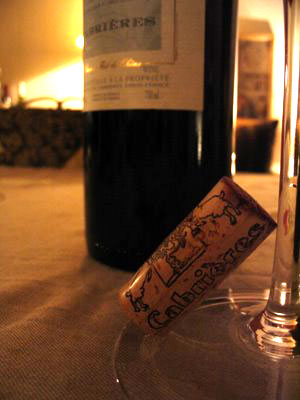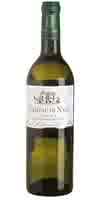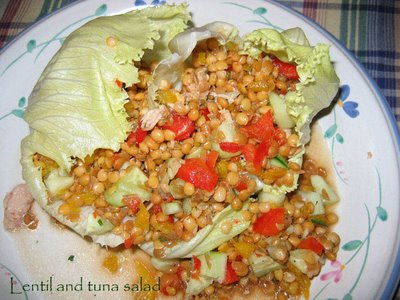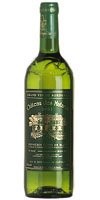Manhattan trick or treat: A foodie's guide to what's an avenue and what's a street
The best thing about Manhattan has to be its neighbourhoods. They are what make visits so stimulating, whether you are sightseeing, windowshopping or just walking around. No two are alike yet each one seems to be totally vibrant and alive in its own right.
Since I like shopping for wine, I have now begun to associate wine shops with certain neighbourhoods, like Martin Brothers Wine & Spirits with the Upper West Side or Chamber Street Wines with Tribeca. And as I've been getting to know them both the shop and the block it's on have become a little anthropomorphized in my mind. All human like, you know?
On Hallowe'en, it's particularly fun to let your wires get crossed and transpose Manhattan 'hoods. Swap the personality of, say, Murray Hill with the Meatpacking District. Hmmm. Interesting disguise.
Here's one that's veh-ry scah-ry!Try it yourself:
Instead of hitting Madison Avenue's Sherry-Lehmann (where I recently was thoroughly pampered at a Bordeaux tasting)...
...end up at the Lower East Side's Madison Liquor on Madison Street. Whoops! Hey where's that map? It's like walking into a vegan dinner party with Ronald McDonald.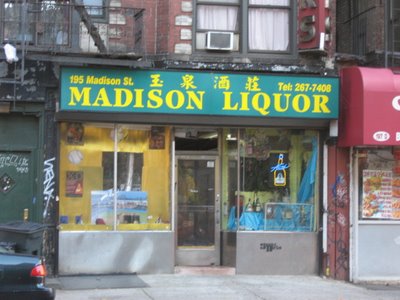
Clash. And so I found out that Manhattan's got two Madisons, both on the east side. But the Upper East Side and Lower East Side could not be more different, and not just when it comes to wine shopping. So I felt it appropriate that I would dress up each one in the other's costume today. The theme, as always, is "wining and dining." Can you tell which Madison is which?
A

This first duo shown above is especially tricky. Those bell peppers seem a little too perfect to be real don't you think? And a Cherry Nail only looks juicy enough to slurp up -- so you've been warned. (Who says it's only Madison Avenue where the admen play?)
B

Only one is labelled here as Madison but actually they both are! To figure out which is "avenue" and which is "street" look to the other writing on the wall: One says Nesquik and one says Marché. Yes, that's French and that's about as big of a hint as you're going to get.
C

Can you separate these two twin green awnings and get to who's really behind the disguise?
D

"Madisons under glass"


